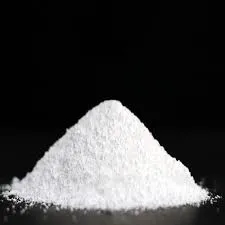

Activated carbon is another valuable chemical in sewage treatment, utilized for its adsorptive capabilities. It is particularly effective in removing organic compounds and pollutants such as pharmaceuticals and industrial chemicals, which could otherwise pose serious environmental threats. The use of activated carbon ensures that even trace levels of contaminants are addressed, providing a higher quality of treated water. For the removal of nitrogenous compounds, chemicals like methanol and other carbon sources are introduced during the denitrification process. These compounds provide the necessary carbon source for denitrifying bacteria to convert nitrates into nitrogen gas, effectively reducing the nitrogen levels in the effluent. This step is vital for preventing nutrient pollution in receiving water bodies. The application of polymers is another sophisticated aspect of sewage treatment, often used in conjunction with coagulants. These polymers enhance the coagulation and flocculation processes, thereby improving the efficiency of solids removal. Polymers are especially useful in dewatering sludge, reducing its volume, and making it easier to handle and dispose of. The careful selection and application of these chemicals are guided by a detailed understanding of the sewage characteristics, regulatory requirements, and environmental considerations. Industry experts and engineers in sewage treatment facilities constantly innovate and optimize chemical usage to minimize environmental impact while maximizing treatment efficiency. In conclusion, the complex interplay of these chemicals in sewage treatment underscores the importance of technical expertise and environmental stewardship. As treatment technologies advance, the continuous evaluation and adaptation of chemical applications remain critical for achieving sustainable and effective wastewater management. By harnessing these chemicals responsibly, sewage treatment plants protect our communities and ecosystems, ensuring a safer and cleaner environment for future generations.

